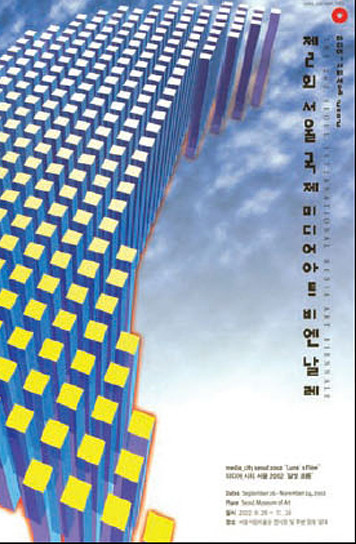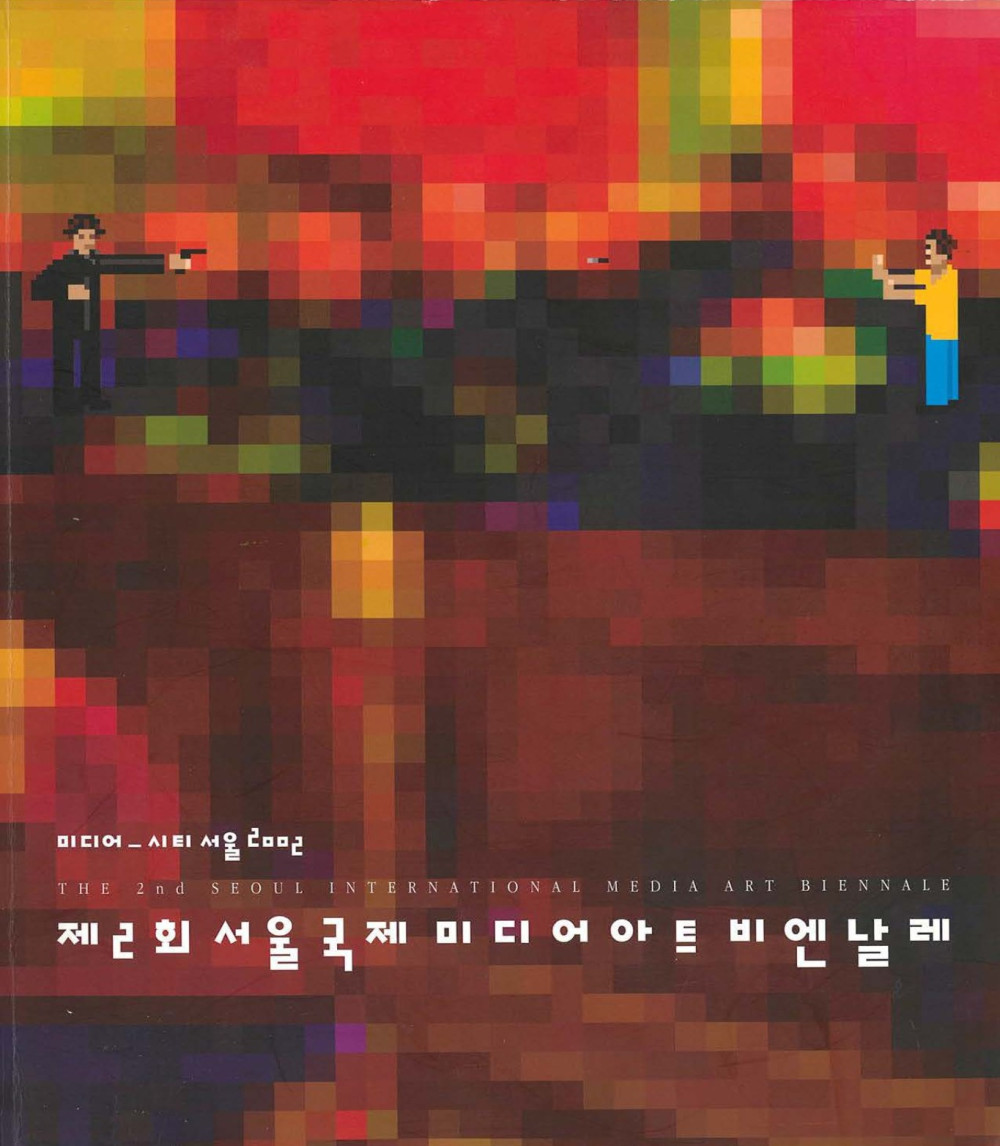Robert Lazzarini excels at giving digital special effects a concrete, physical form. In Lazzarini’s work, familiar objects, such as a skull or a hammer, are scanned into a computer to create a 3D image file. He then subjects this digital image to compound distortions that transform it into a warped, yet still recognizable form. Using rapid-prototyping technologies, Lazzarini then creates a physical model from the 3D file. This model may then be used to create a mold from which he is then able to create a new object using the same materials that constituted the original. For example, his distorted skull is made from actual bone powder suspended in a medium and the hammers are made of wood and metal. To create the utmost realistic effect, Lazzarini often hand-paints the surfaces of the finished objects.
Lazzarini sees his work as operating firmly within the tradition of the still life. As such, his sculptures are about the ways in which objects from everyday life, when represented and contemplated, can offer insights into the poetics of perception. Much as Paul Cezanne’s renowned still lifes challenged conventional beliefs in the unity of our perceptual experience, Lazzarini’s objects cast us into an uncomfortable space in which mathematical distortions and computer-generated effects overwhelm our sense of the normal stability of physical forms.
Lawrence Rinder

